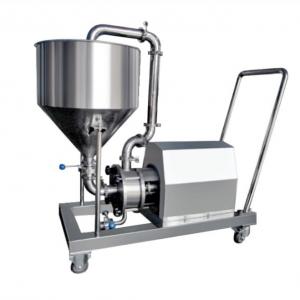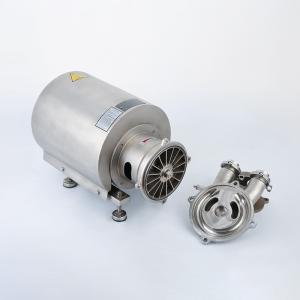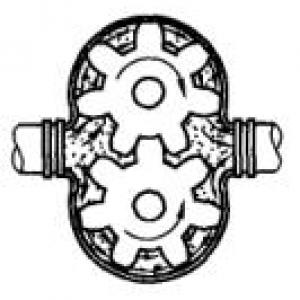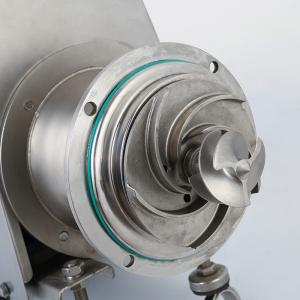What are the Working Principle and Advantages of Screw Pump?
Working Principle:
According to the number of screws, it can be divided into single-screw pump, twin-screw pump and multi-screw pump. The working principles are slightly different. Currently, single screw pumps are mostly used to transport food liquid materials. As shown in Figure 2-22, the inner rotor of a single screw pump is a screw with a circular radial section (diameter d). It moves around the screw axis with a pitch t and an eccentricity e according to its geometric center O. The stator is a spiral hole with a pitch of 2t, and its radial cross-sectional shape is a rectangle with a width of 2e, and it circumscribes an oblong hole composed of two semicircles with a diameter of d. The center of symmetry of the stator hole (ie the stator axis) is 〇2. Due to the matching relationship between the rotor and stator holes, several closed cavities are formed along the axial direction. In order to adapt to the eccentric movement of the rotor, a part of the drive shaft is hollow. The connection between it and the screw is usually a parallel pin coupling or a universal coupling. The screw is mostly made of stainless steel, and the stator bushing is made of rubber. When the pump moves, the rotor axis O1, with the eccentricity e as the radius, makes a rotational movement around O2, the enclosed cavity is formed from the suction end and moves to the discharge end with a constant volume, so that the liquid in the enclosed cavity is transported.
Advantages & Application:
The single screw pump conveys liquid continuously and evenly, with stable movement, high pressure, good self-priming performance, simple structure and few parts. It is suitable for conveying high-viscosity food liquids, such as molasses, fruit pulp and chocolate syrup.
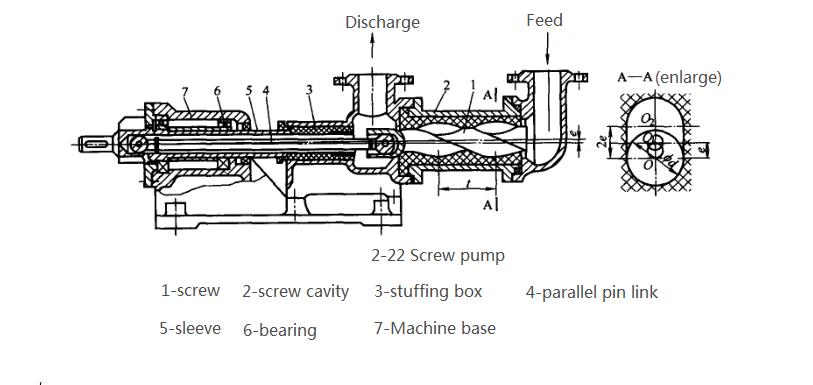
Reference: https://www.chinakedun.com/products-4-34-p.html
(Rotary lobe pump: https://www.chinakedun.com/products-1-80-p.html)
